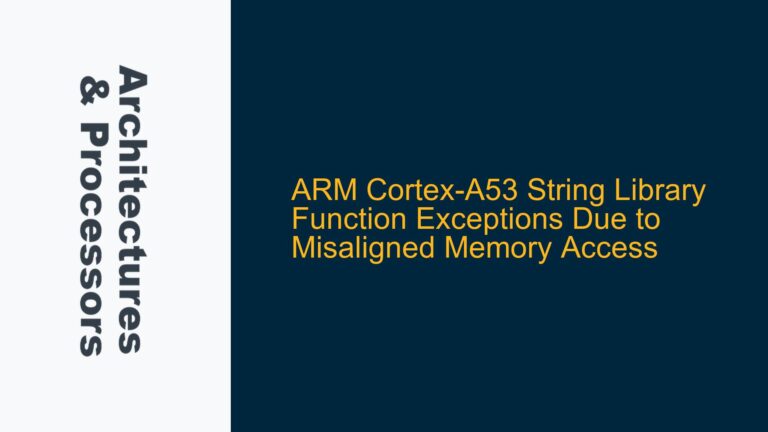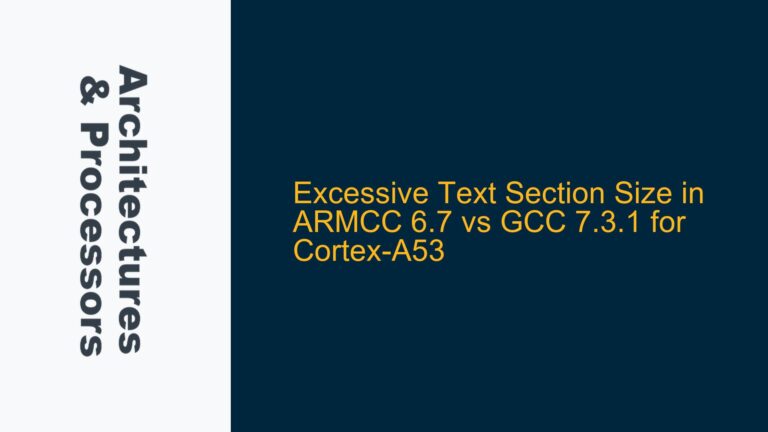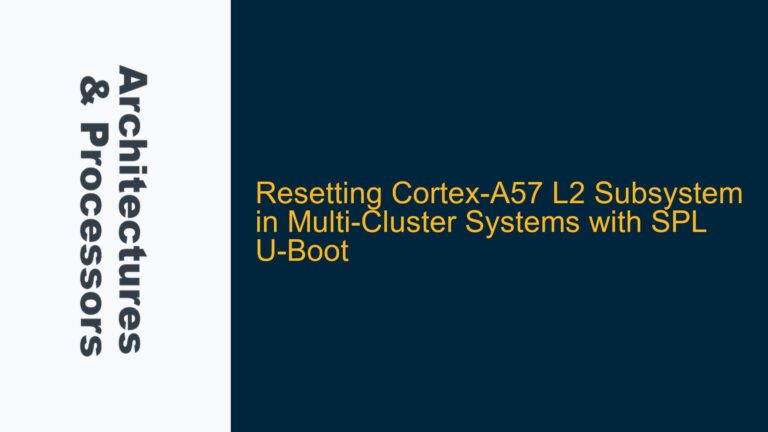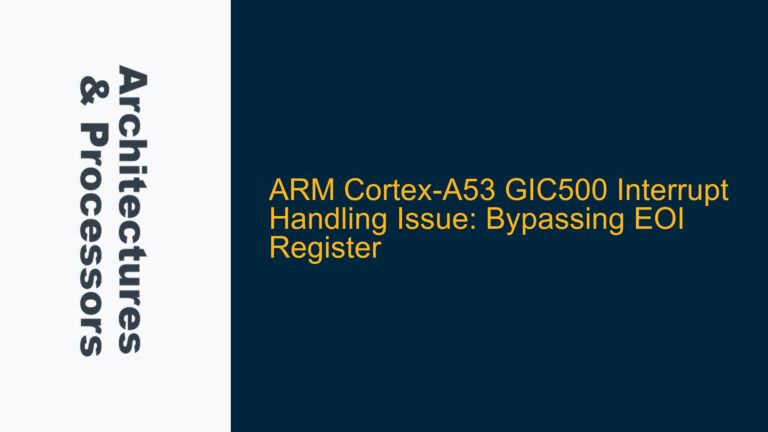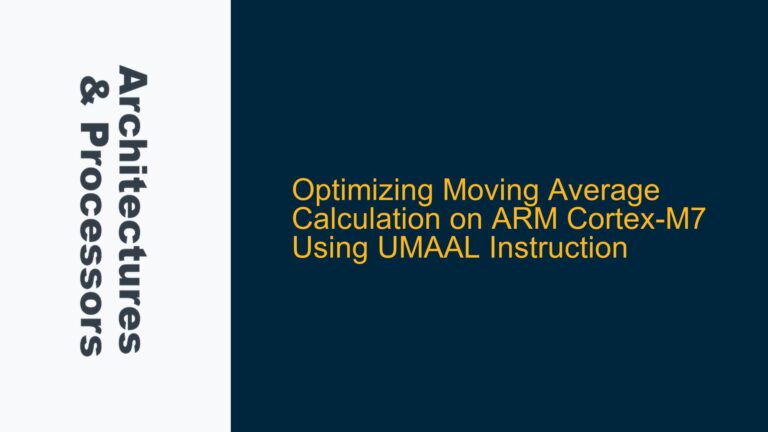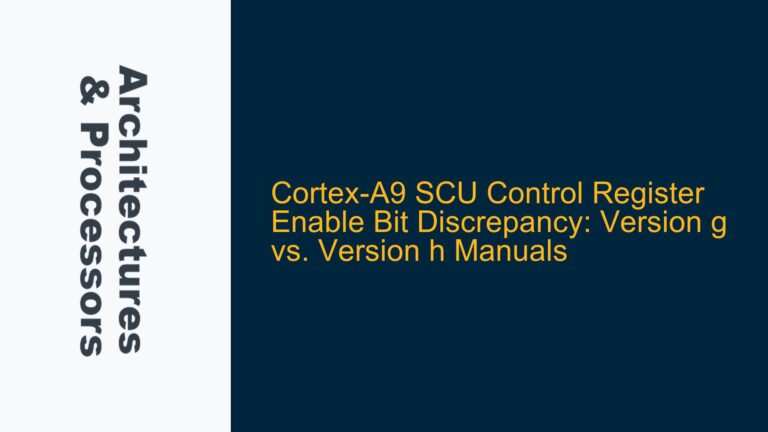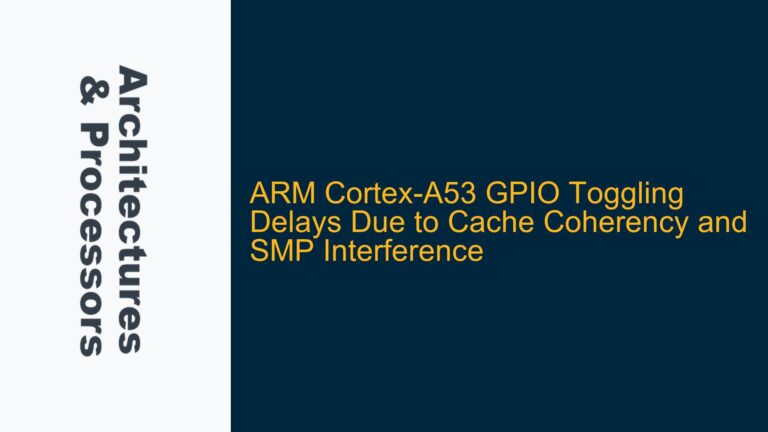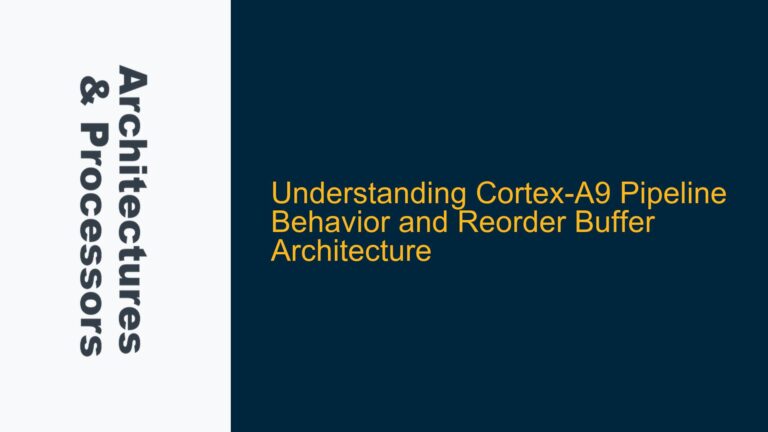ARM Cortex-A53 String Library Function Exceptions Due to Misaligned Memory Access
ARM Cortex-A53 String Library Function Exceptions Due to Misaligned Memory Access The ARM Cortex-A53 processor, a member of the ARMv8-A architecture family, is widely used in embedded systems for its balance of performance and power efficiency. However, developers often encounter issues when running standard library functions such as memset and memcpy on the Cortex-A53 core,…
